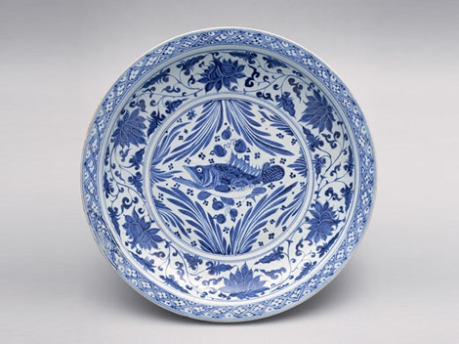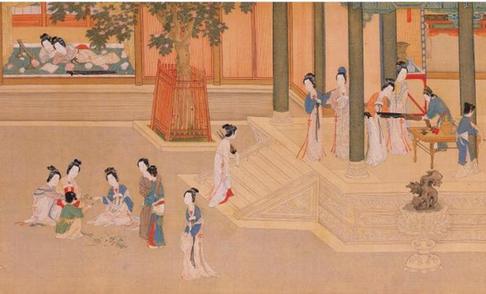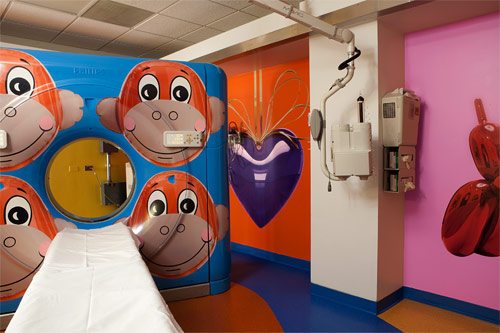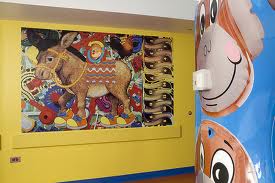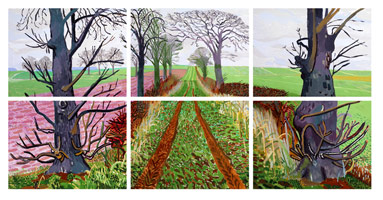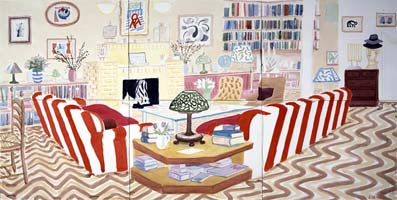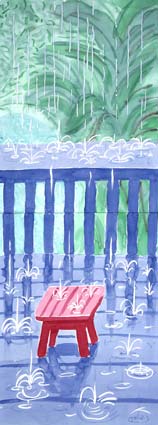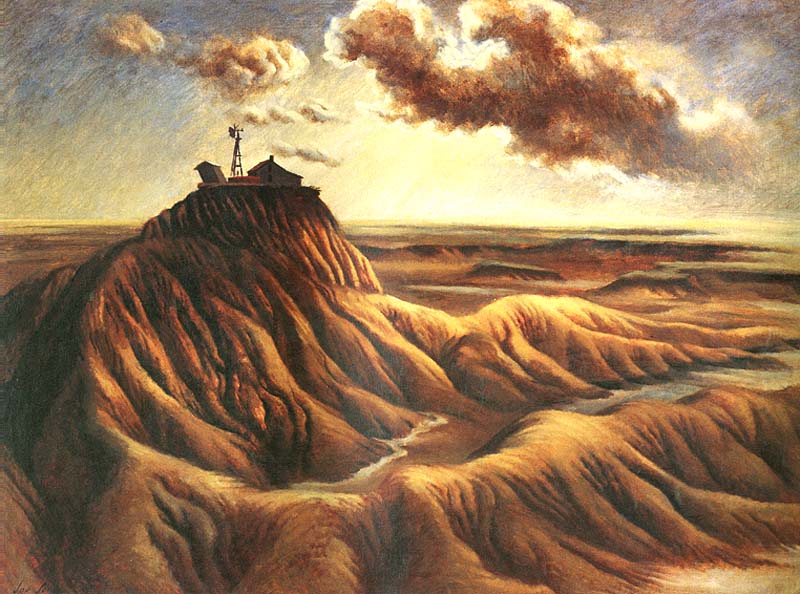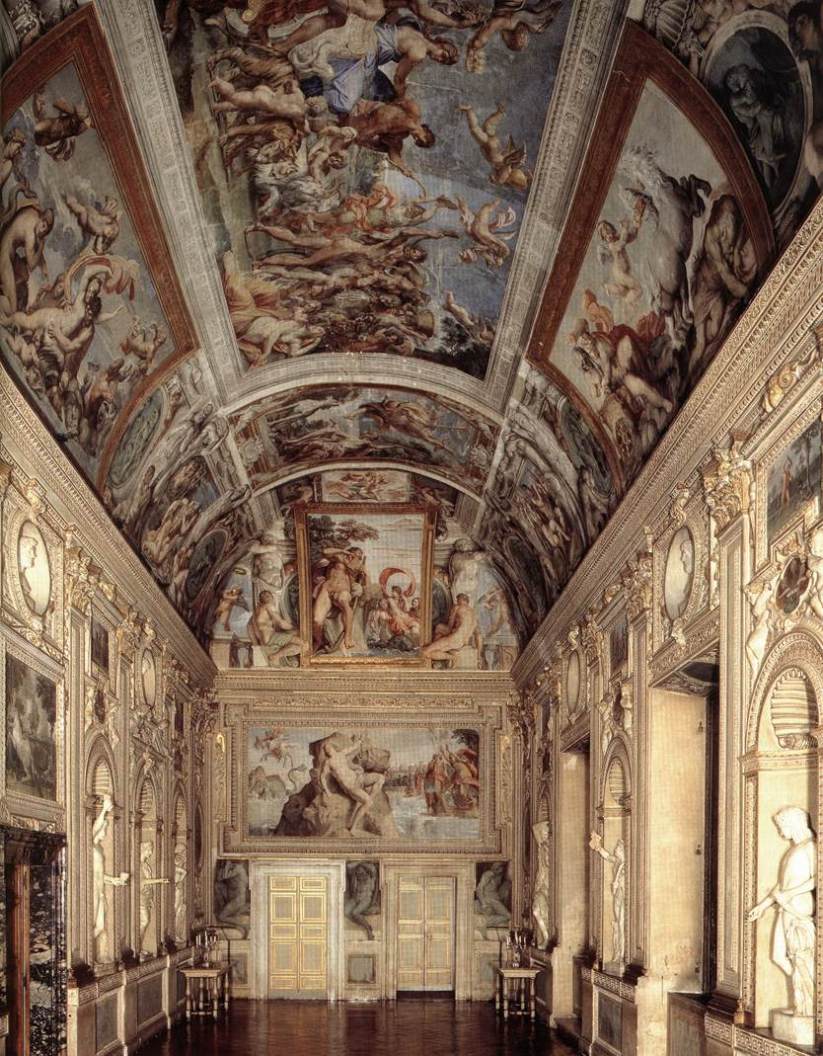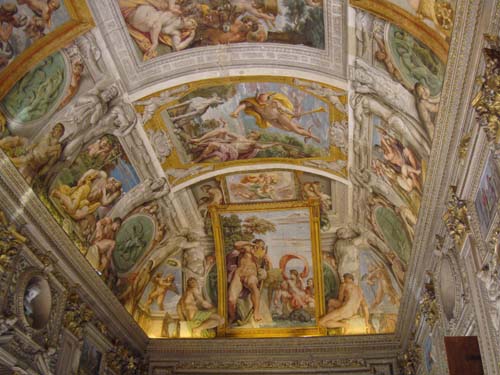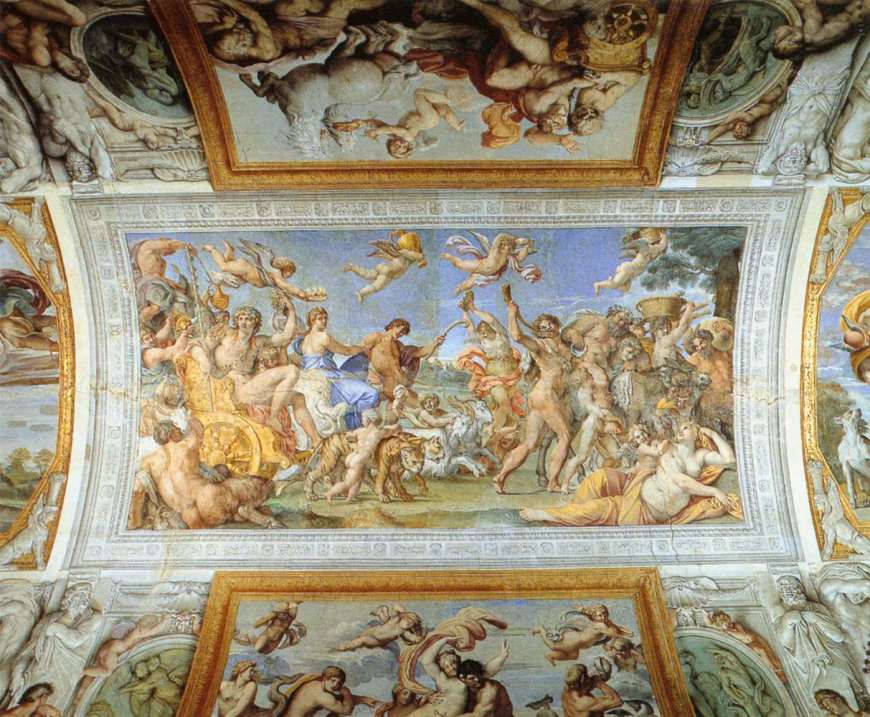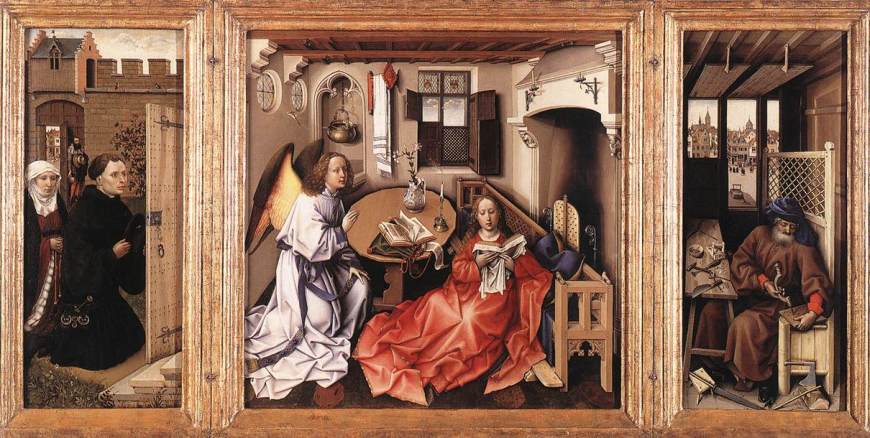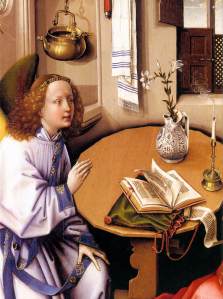Chinese ceramic ware shows a continuous development since the pre-dynastic periods, and is one of the most significant forms of Chinese art. Chinese Ceramics range from construction materials such as bricks and tiles, to hand-built pottery vessels fired in bonfires or kilns. Porcelain is so identified with China that it is still called “china” in everyday English usage [1].
I chose “Porcelain with underglaze blue decoration”. I really like this plate because the artist well expressed a fish in the center looks like swimming in a pond. It was created in Yuna dynasty (1279 – 1368), mid 14th century. This splendid plate is an especially strong example of a distinctive group of heavily potted mid-fourteenth-century Chinese blue-and-white porcelains. It is charged with vitality with unerring strokes of his cobalt-tipped brush, the artist had managed to portray a fish swimming with great exuberance among aquatic plants. The base of the plate is unglazed, and the unglazed body had burned typical reddish brown [3].
The first Chinese blue and white wares were as early as the ninth century in Henan province, China [2]. The Yuan Dynasty (1271-1368) is a key period for the development of the firing techniques of the Blue and White Porcelain in China. The Blue and White Porcelain had become major porcelain product of china by the Ming (1368-16644) and Quing Dynsties (1368-1911) [4].
References
[1]. http://en.wikipedia.org/wiki/Chinese_ceramics
[2]. http://en.wikipedia.org/wiki/Blue_and_white_porcelain
[3]. http://arts.cultural-china.com/en/31Arts4332.html
